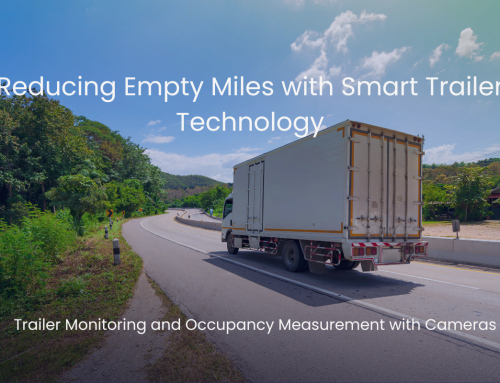Reversing heavy goods vehicles (HGVs) remains one of the most critical safety challenges for fleet operators and businesses managing commercial vehicles. Poor visibility during reversing manoeuvres is a common cause of workplace incidents, leading to injury, damage, and costly disruption.
In 2025, a UK company was fined £220,000 after a director was fatally injured by a reversing HGV—highlighting the severe consequences of operating without formal reversing procedures or adequate visibility tools.
Many incidents like this stem from a lack of structured reversing protocols, insufficient training, and absence of risk assessments. Without clear systems and supporting technology, the risk to drivers, colleagues, and nearby infrastructure increases significantly.
The Role of Reverse Cameras in Mitigating Risk
While driver training and defined procedures form the foundation of safety, reverse cameras add a critical layer of protection. These systems offer real-time visibility into blind spots—areas that drivers often cannot see with mirrors alone.
In depots, warehouses, and yards where space is limited, reverse cameras significantly reduce the risk of collisions and improve operator confidence during manoeuvres.
Building a Safer Reversing Strategy
Fleet operators are encouraged to review reversing procedures regularly and integrate technology that supports safer driving. Reverse camera systems not only improve visibility, but also support compliance, reduce liability, and enhance overall operational efficiency.






